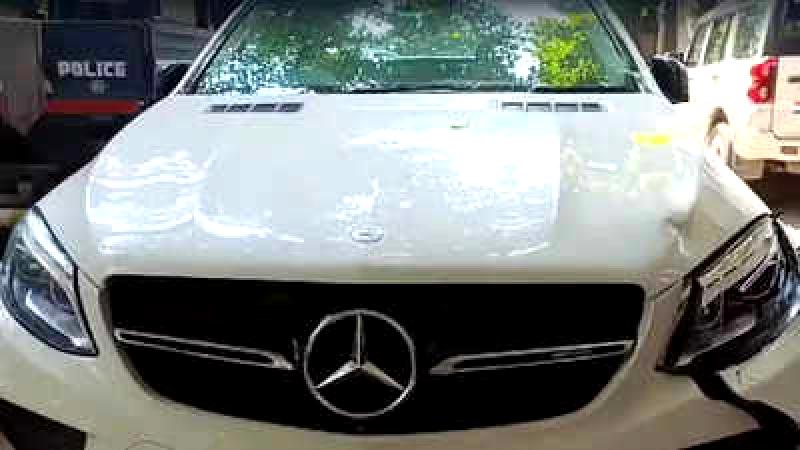
In New Delhi, a hardworking gardener named Rajesh, who supported his family, tragically lost his life in a car accident while cycling to work in Bhogal. The incident not only ended his life but also shattered the hopes and dreams of his wife and children. Rajesh's death is part of a concerning trend where drivers of unidentified vehicles are involved in accidents. In many cases, these drivers are able to secure bail quickly if caught later, leading to prolonged legal processes. Hit-and-run incidents account for over 40% of crashes in the city, with some drivers fleeing due to fear of facing consequences or public backlash. To address this issue, it is crucial to go beyond the current legal protections and implement more effective measures.
Efforts to reduce hit-and-run incidents have shown some progress, with collaborative actions by traffic and local police resulting in a decrease in fatalities compared to previous years. While 518 people lost their lives in 511 fatal accidents until mid-May this year, the numbers are still lower than the previous year. Despite the progress, it is essential to continue enforcing measures to curb such incidents and ensure the safety of the public.During the period from January to May 2023, several major roads in the national capital, including Ring Road, National Highway (NH) 24, NH 8, Rohtak Road, GTK Road, and Mathura Road, have experienced a high number of fatal accidents. These are currently among the top 10 locations where such incidents have occurred this year. In the past, hit-and-run cases were prosecuted under IPC Section 304A, which carried a maximum sentence of two years. With the implementation of Bharatiya Nyay Sanhita Section 106(2), the maximum imprisonment term has been increased to 10 years. Nevertheless, the lack of awareness about this change in law might be contributing to the absence of a strong deterrent effect.











